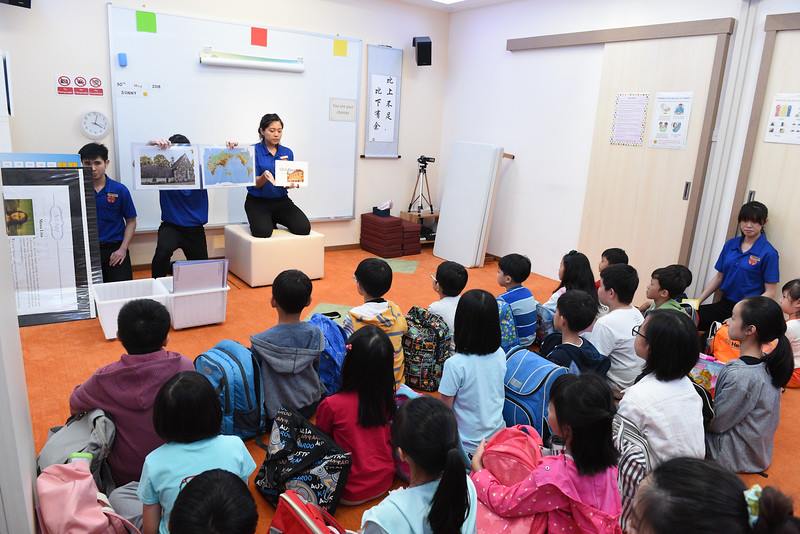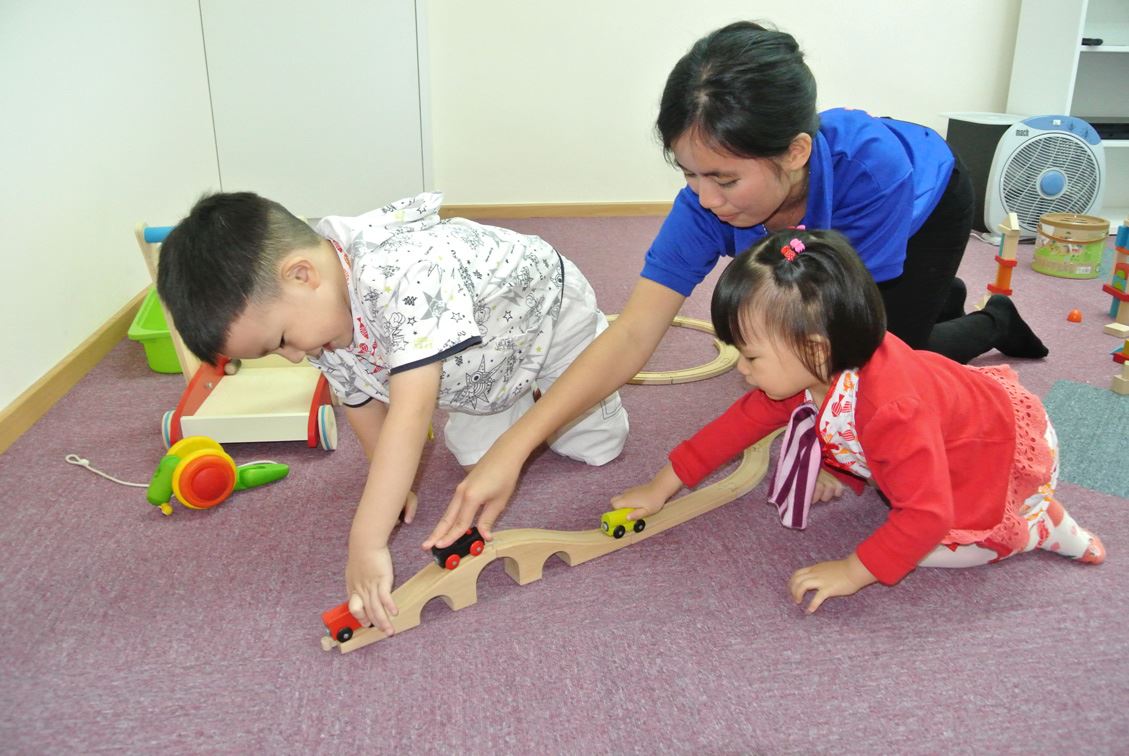Parents and educators are always seeking effective methods to enhance children’s cognitive development and learning skills in our modern, fast-paced society. One popular approach that has gained popularity is the utilization of right brain training flashcards, which aim to activate and maximize the potential of the right hemisphere of the brain.
The act of rapidly displaying a set of word or picture cards in front of children is a well-known technique used by parents to stimulate their children’s brains. Before exploring the origins of flashcards, let’s delve into an understanding of brain function and how appropriate training can benefit children.
Understanding Brain Hemispheres
Before delving into the training flashcards, it is important to understand the functioning of the two hemispheres of the brain. The human brain is divided into two halves, each responsible for different cognitive functions. The left hemisphere is associated with analytical abilities, language, and logical reasoning, while the right hemisphere is linked to creativity, intuition, visualization, and holistic thinking.
What are the Right Brain Training Flashcards?
The flashcards are designed to stimulate the right hemisphere of the brain, utilizing visual elements such as pictures, symbols, and patterns. By engaging the brain’s holistic processing capabilities, the flashcards promote non-linear thinking and tap into the brain’s capacity to recognize patterns and retain visual information. This approach enhances imagination, intuition, and creativity.
How Right Brain Training Flashcards Work?
Several methods are used by training with flashcards to develop and activate the right hemisphere of the brain. The following are some common techniques used in this kind of training:
- Rapid Picture Recognition
Flashcards are made easier by the broad variety of images and symbols that are briefly flashed on flashcards. This method improves memory and learning by teaching the brain to process visual information quickly.
- Photographic Memory Training
Flashcards can also be used for the purpose of enhancing memory retention through photographic memory training. By repeatedly presenting visual cues, flashcards assist in improving the brain’s capacity to remember information.
- Whole Brain Integration
Flashcards designed for appropriate training facilitate the integration of the entire brain by promoting communication and collaboration between its two hemispheres. Such flashcards stimulate the right hemisphere, strengthening the connections between the logical and creative aspects of the brain, thereby augmenting cognitive abilities.
- Visualization and Imagination
In the context of training with flashcards, vibrant visuals are commonly used to assist children in visualizing and imagining stories or scenarios. This approach enhances spatial awareness and fosters imaginative thinking.
Benefits of Right Brain Training Flashcards
Flashcards designed for training offer numerous potential advantages for enriching babies. Some of these benefits include:
- Enhanced Creativity and Imagination:
The right hemisphere of the brain is associated with creativity, intuition, and imagination, and through specific training using flashcards, individuals can tap into these abilities and enhance their inner creativity.
These flashcards stimulate the right brain by presenting visual and abstract prompts, encouraging innovative thinking and imaginative problem-solving. This boost in creativity can yield various positive outcomes, such as enhanced creative thinking, problem-solving skills, and innovative approaches across diverse domains.
- Improve Memory Retrieval and Retention:
Flashcards are widely recognized for their ability to enhance memory retrieval and retention. When utilized in appropriate training, flashcards can improve memory by activating the visual and spatial memory networks. The utilization of vivid visuals, colours, and symbols commonly found in flashcards stimulates the capacity of the right hemisphere to process and store information.
By engaging both hemispheres of the brain, the right training with flashcards fosters a comprehensive learning experience, leading to more efficient information retention and improved recall when needed.
- Developing Intuition and Emotional Intelligence:
The right hemisphere plays a crucial role in emotional intelligence and intuitive thinking. By utilizing abstract concepts, symbols, and emotional cues, training with flashcards can enhance these capacities. Actively engaging with these flashcards allows individuals to enhance their ability to interpret nonverbal signals, identify emotions, and grasp intricate connections.
People who possess higher emotional intelligence can effectively navigate social and professional scenarios by improving their communication, empathy, and decision-making skills.
- Enhance Concentration and Focus:
Due to limited attention spans, children often struggle to sustain focus on projects for extended periods. However, interactive exercises and visually engaging images employed in appropriate flashcard training can captivate and retain children’s interest and attention.
By utilizing these flashcards, children can train their minds to maintain interest and effectively absorb information, thereby improving their ability to concentrate on specific topics. Enhanced focus and concentration enable children to better engage in academic lessons, resulting in improved learning outcomes and overall academic achievement.
Conclusion
Heguru Center offers an array of brain training programs that utilize Right Brain Training flashcards, which show promise in enhancing children’s cognitive development. These flashcards specifically target the right hemisphere of the brain, stimulating various aspects such as creativity, imagination, memory retention, intuition, emotional intelligence, attention, and focus.
If you are interested in exploring further details about brain training programs, connect with Heguru Center!



